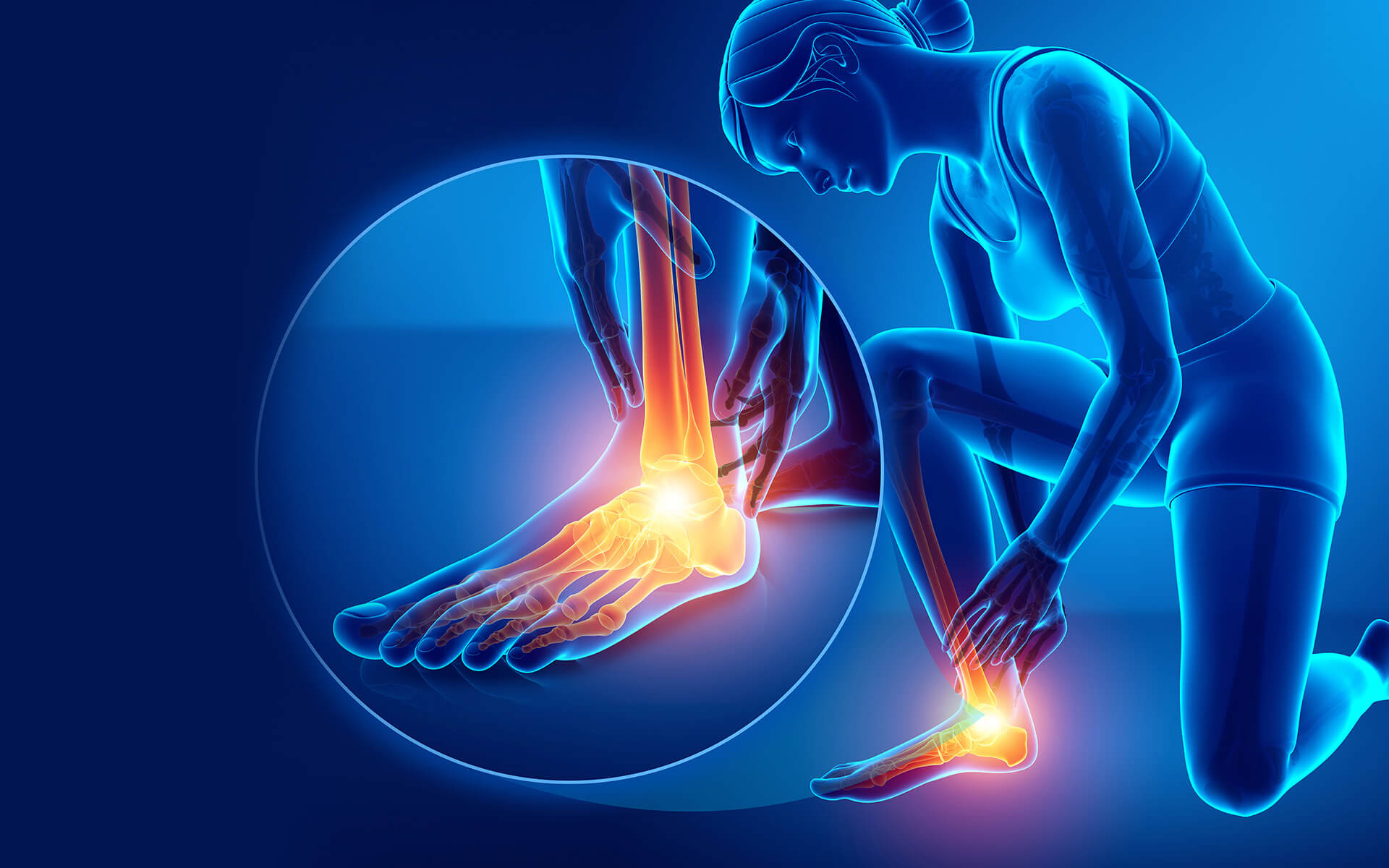Living with foot drop might feel like a burden that disrupts the simplest joys of life. What once was a short, enjoyable stroll might now feel like a daunting challenge out of fear of tripping, stumbling, or falling. For those living with this condition, it can bring about a profound sense of frustration, anger, or helplessness. Fortunately, at The Institute for Advanced Reconstruction, we are committed to helping patients reclaim their freedom, dignity, and ability to move through life with ease and assurance through advanced nerve reconstruction techniques.

Foot Drop Overview: Causes, Treatments, and Symptoms

Living with Foot Drop
Understanding Foot Drop
What is Foot Drop
If the front part of your foot is difficult to lift or drags on the ground as you walk, you may be experiencing foot drop. Foot drop is a symptom of a possible underlying condition, which may be neurological, nerve-related, or muscular in nature. This symptom may be temporary, but it could also become permanent. For this reason, it is vital to seek professional medical help.
Symptoms of Foot Drop
Foot drop can affect either or both feet. Just like the name implies, foot drop symptoms include the inability to lift the front part of your foot as you walk. You may find yourself adapting your natural walking gait in response, lifting your thigh higher (as if you were stepping up a stair) and slapping your foot down with each step. This is known as a "steppage gait." Other symptoms can include:
- Tingling in the leg
- Weakness or heaviness in the leg or foot
- Numbmess in the foot
Causes
Foot drop can be caused by numerous medical conditions and diseases – particularly those that affect the nerves or muscle. Some of the more common causes include:
- Nerve injury: the peroneal nerve is responsible for controlling the muscles that lift your foot. If this nerve is compressed or injured (during a surgical procedure, for example), it can cause foot drop. A nerve injury in the spine or diabetes can also lead to muscle paralysis and weakness (diabetes patients are at a higher risk for nerve disorders).
- Muscle disorders: muscular dystrophy is a genetic condition that causes progressive muscle weakness. Other disorders, such as Charcot-Marie-Tooth disease or polio, may also be a root cause of foot drop.
- Neurological and spinal disorders: amyotrophic lateral sclerosis (ALS), multiple sclerosis, and strokes are all disorders that can affect the brain or spinal cord and lead to foot drop.
- Traumatic injury: injury to the nerves, muscles, or tendons involved in the function of the foot can cause foot drop.
- Bone growths and tumors: an overgrowth of bone, tumor, or cyst could cause foot drop by pressing on a nerve in the spine or knee.
Testing & Diagnosis
Your doctor will conduct a physical exam to diagnose foot drop. They will watch your gait as you walk, examine your leg muscles for weakness, and check for areas of numbness on your legs, feet, and toes. In addition, your doctor may also request one or more of the following tests to help identify the underlying condition causing your foot drop:
Imaging Tests:
- X-rays
- Ultrasound
- CT scan
- Magnetic resonance imaging (MRI)
Nerve Tests:
- Electromyography (EMG), which measures electrical activity in the nerves and muscles.
Foot Drop Treatment
Treatments for foot drop can range from non-invasive conservative treatments to surgical repair for the underlying condition. Your doctor will help you determine which treatment option is best for you, and may recommend one or more of the following:
Non-Invasive Foot Drop Treatments
Wearing braces or splints could help correct your gait, improve mobility, and alleviate pain. Physical therapy is likely to be combined with braces or splints to help strengthen the muscles in your foot and leg. In some cases, nerve stimulation using an at-home electric stimulation device may also help improve your condition.
Surgical Foot Drop Treatment
If you’ve exhausted non-invasive foot drop treatments, such as wearing braces, using splints, or actively going to physical therapy, rest assured that there are surgical options available. If your foot drop results from nerve damage or compression, our care team at The Institute for Advanced Reconstruction specializes in nerve reconstruction surgery that puts patients at the forefront of their care, with procedures including:
- Nerve decompression surgery to relieve pressure on nerves
- Nerve graft, transfer, or repair to help ensure healthy, functioning nerves are attached to muscles and tendons
- Muscle or tendon transfer (in addition to a nerve surgery)
Nerve surgeries (and muscle/tendon transfers) are typically performed under general anesthesia. Depending on the extent of the damage, your surgery could take a few hours or longer to complete, and you may need to spend a day or two in the hospital following the procedure. You will also receive pre-surgical instructions to follow, including directions on what you can and can't eat or drink leading up to your procedure.
Recovering from foot drop surgery can take some time. Your recovery will depend on the presence of underlying conditions and overall health. In many cases, patients regain the full use of their foot and return to normal daily activities within 3 to 4 months. Your doctor may recommend physical therapy as part of your recovery plan.
Our Doctors
Find a Location
Insurance
The Institute for Advanced Reconstruction participates in a wide range of insurance plans, including those listed below. However, each physician has their own accepted insurance and hospital affiliations. Before scheduling an appointment, please contact your insurance carrier to confirm that your provider is in-network.
- Horizon Blue Cross Blue Shield of New Jersey
- Medicare
- Railroad Medicare
- Aetna
- Cigna
- United Healthcare
- Oxford (Freedom, Liberty)
- MagnaCare
Patient Stories
If you are struggling to walk with ease as a result of foot drop, you’re not alone. Find out how other patients just like you have recovered the full use of their feet after foot drop treatment at the Institute for Advanced Reconstruction.
Patient Resources
Find out if you’re a candidate for nerve surgery.
If you have foot drop resulting from a genetic disorder, diabetes, or other condition, nerve surgery may be an effective treatment option for you. Contact us today to schedule an appointment with one of our foot drop specialists and find out if you qualify for advanced treatment.


-1.jpeg)




-1.jpg)












-1.jpg?width=112)


-1.jpg?width=129)

